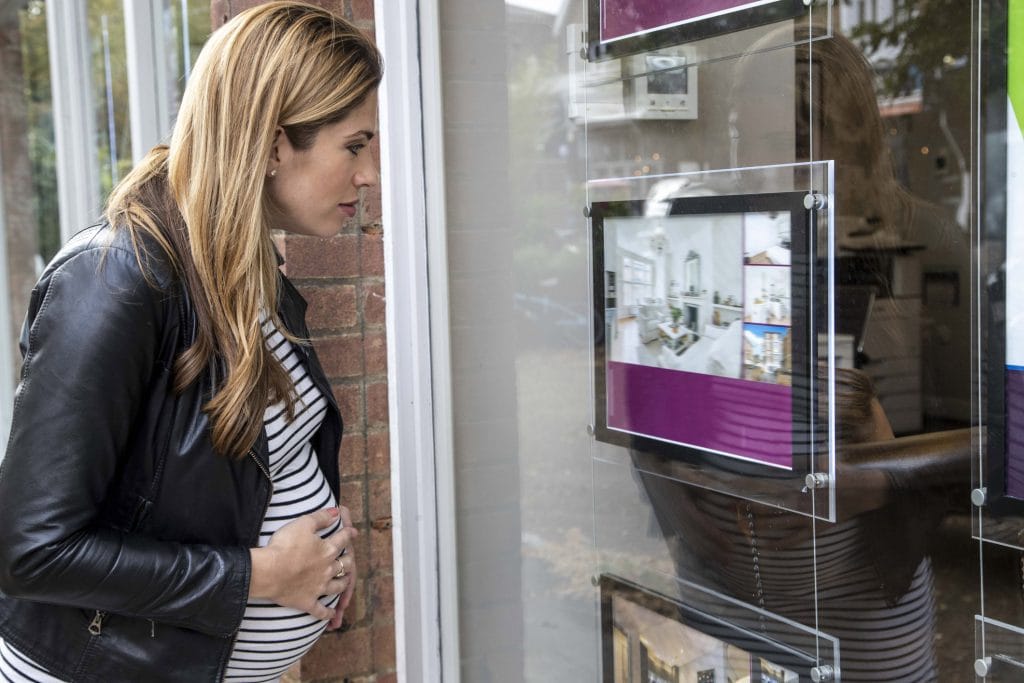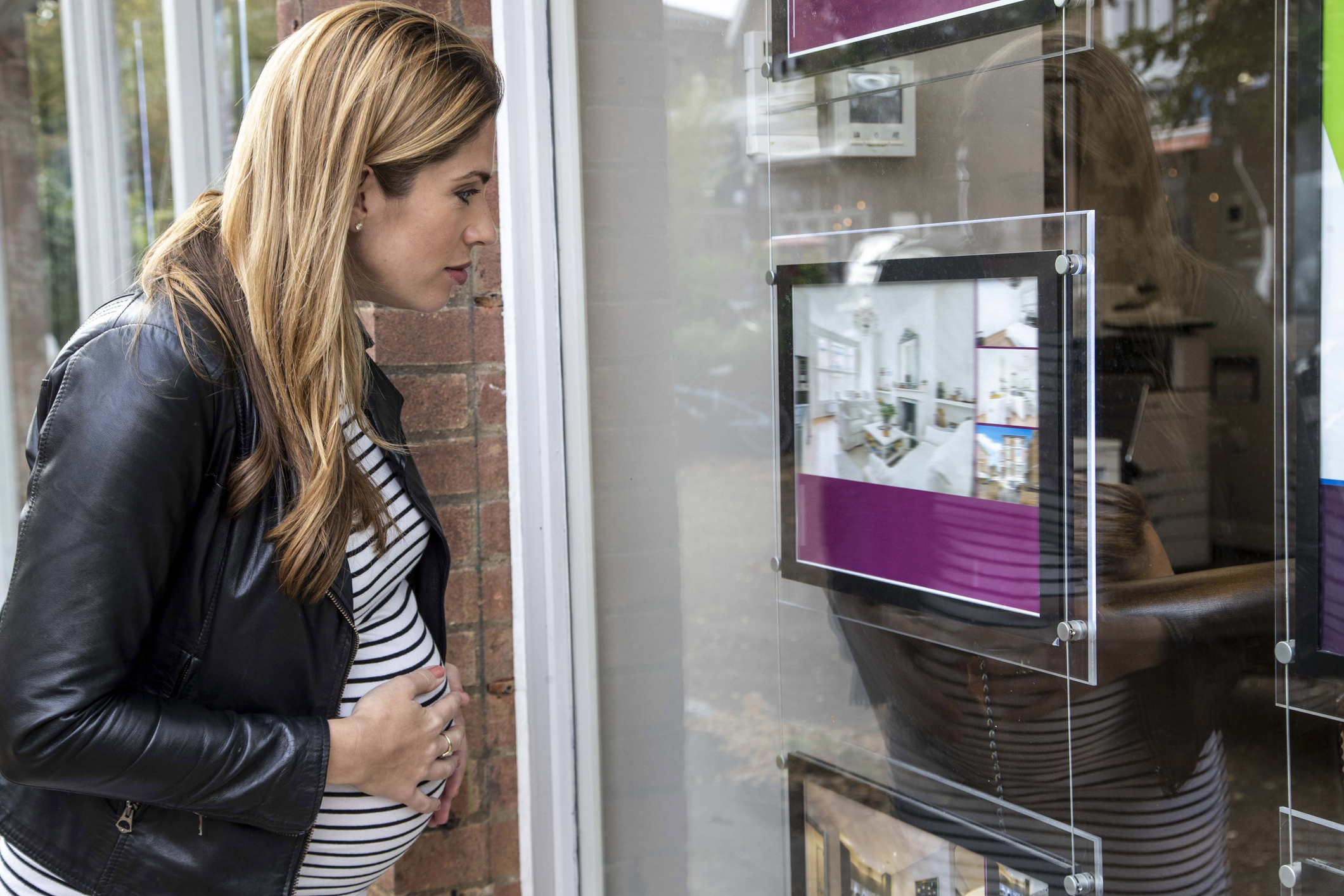Nationwide: House prices see biggest monthly fall in over two years


UK house prices fell by 0.8% in June, the biggest monthly decline since February 2023.
According to Nationwide, the annual rate of house price growth slowed to 2.1% last month, from 3.5% in May.
Robert Gardner, the building society’s chief economist, said the “softening in price growth may reflect weaker demand following the increase in stamp duty at the start of April”, but that he was optimistic about activity picking up as the summer progresses.
Subscribe to MoneyWeek
Subscribe to MoneyWeek today and get your first six magazine issues absolutely FREE
Get 6 issues free
Sign up to Money Morning
Don’t miss the latest investment and personal finances news, market analysis, plus money-saving tips with our free twice-daily newsletter
Don’t miss the latest investment and personal finances news, market analysis, plus money-saving tips with our free twice-daily newsletter
Nationwide says the average price of a UK home is now £271,619.
The property portal Zoopla recently said that house price growth slowed to 1.4% in Maydown from 1.6% in April, as the number of properties up for sale increased by 6% in the past 12 months.
Meanwhile, the Office for National Statistics puts the average UK property at £265,000. Last month it revealed that annual house price growth had halvedwith prices rising by just 3.5% in the year to April.
Paul Dales, chief UK economist at the consultancy Capital Economics, comments: “It’s clear that the hike in stamp duty on 1 April, the recent falls in employment and slowing in income growth has sucked some life out of the housing market.”
However, Mark Harris, chief executive of mortgage broker SPF Private Clients, reasons that “moderating house price growth is good news for the wider health of the housing market, making home ownership more realistic for first-time buyers, many of whom are already relying on the Bank of Mum and Dad”.
We look at how house prices might fare this summer, and also dip into the Nationwide data showing which regions of the UK are performing the best and worst.
What’s the outlook for UK house prices?
Gardener at Nationwide thinks the housing market will recover this summer.
“We still expect activity to pick up as the summer progresses, despite ongoing economic uncertainties in the global economy, since underlying conditions for potential homebuyers in the UK remain supportive,” he notes.
“The unemployment rate remains low, earnings are rising at a healthy pace in real terms, household balance sheets are strong and borrowing costs are likely to moderate a little if Bank Rate is lowered further in the coming quarters as we and most other analysts expect.”
Rosie Hooper, chartered financial planner at Quilter Cheviot, points out that there are “signs of life returning to the mortgage market”.
She comments: “Net borrowing of mortgage debt rose by £2.1 billion in May, following a sharp drop in April, while gross lending jumped to £20.4 billion, which is the highest level since January. Mortgage approvals for house purchases also rose for the first time this year, increasing to 63,000.
“While the market is still digesting the stamp duty reforms in April, they will soon become the norm, and their immediate impact will fade into the rear-view mirror. First-time buyers and movers alike are already beginning to adjust to the new thresholds, which should help stabilise activity over the coming months.”
According to Tom Bill, head of UK residential research at Knight Frank, there’s good news and bad news when it comes to house prices.
“The good news is that interest rate cut expectations are growing due to the weaker UK economic outlook. The bad news is the chancellor has zero financial headroom to play with, which means a re-run of 2024 and a game of ‘guess the tax rise’ ahead of the Budget.”
He expects “modest single-digit house price growth by the end of the year”.
Capital Economics predicts that we could see annual house prices rise by 3.5% by the end of 2025.
Which are the best and worst-performing UK regions for house prices?
Talking about average UK house prices masks a wide range of regional variations.
Looking at the second quarter of 2025, Northern Ireland remained the strongest performer by a healthy margin, with annual house price growth of 9.7%, according to Nationwide. However, this did represent a fall from the first quarter, when the annual rate was 13.5%.
Scotland recorded a 4.5% annual rise, while Wales saw a 2.6% increase. Across England overall, prices were up 2.5% year-on-year, a slight softening from the 3.3% annual rise seen last quarter.
In terms of English regions, the building society points out that “the north-south divide in house price performance narrowed during the quarter”.
Average prices in Northern England (comprising North, North West, Yorkshire & The Humber, East Midlands and West Midlands) were up 3.1% year on year, while those in Southern England (South West, Outer South East, Outer Metropolitan, London and East Anglia) were up 2.2%.
The North was the top-performing region in England, with prices up 5.5%. Meanwhile, East Anglia was the weakest performer with annual growth of 1.1%.
London unsurprisingly has the highest average house price, at £532,449. The North has the cheapest, at £167,259.
Nationwide also found that flats saw a further slowing in annual price growth to 0.3%, from 2.3% last quarter. In contrast, semi-detached properties recorded a 3.3% annual increase, while detached properties saw a 3.2% year-on-year rise.








